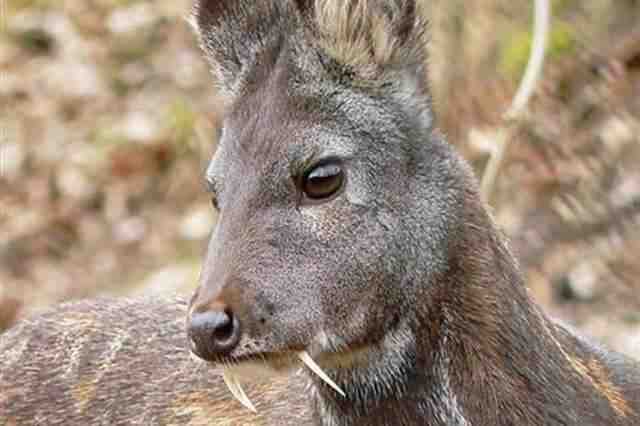
Anhui Musk Deer
Anhui musk deer is also known as Anhui musk deer in English. Since the Anhui···
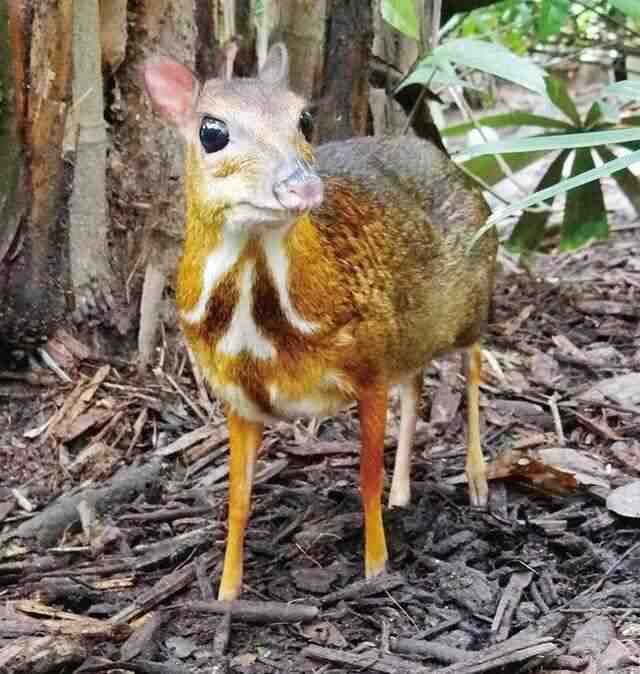
Wilbur's mouse deer
Tragulus williamsoni
Williamson's Chevrotain, also known as Williamson's Chevrotain in En···
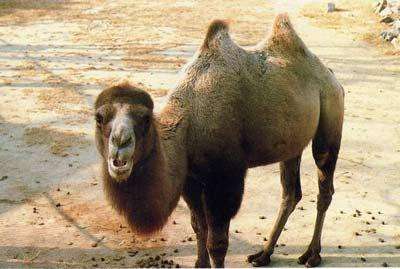
Wild Camel
Camelus ferus
Bactrian Camel, a monotypic species, a giant ungulate, with no valid subspec···
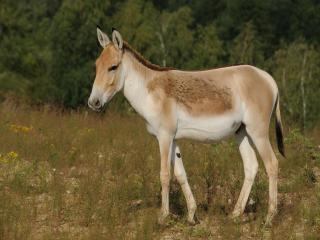
Asiatic Wild Ass
Asian wild ass, wild ass, asian wild ass
Mongolian wild ass has the foreign name Asiatic Wild Ass, which has 5 subspe···
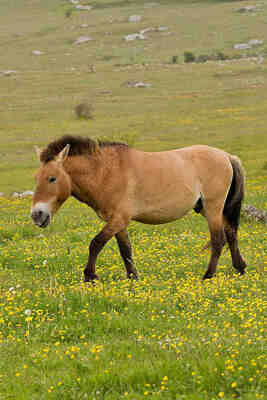
Przewalski's Horse
Wild horse, Asian wild horse, Mongolian wild horse, Junggar wild horse
Przewalski's Horse is a large ungulate mammal.Przewalski's horses ar···
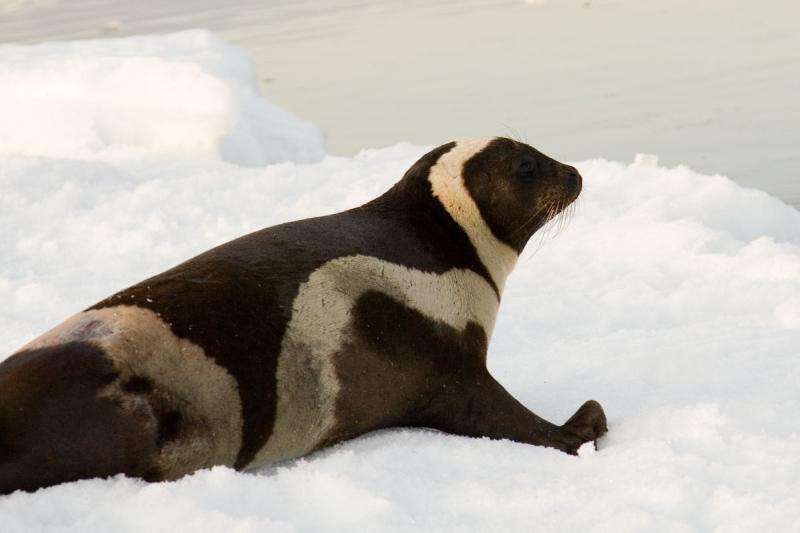
Ribbon Seal
Ring seal, ribbon seal
Ribbon seal is a small species of seal with no subspecies.Usually live alone···

Bearded seal
Bearded seal
Bearded seal has two subspecies and is the seal with the longest beard in th···
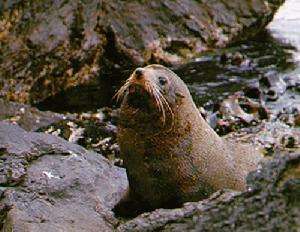
Eumetopias jubatus
Eumetopias jubatus,Northern Sealion,North Pacific sea lion, Stevens sea lion, sea donkey
The northern sea lion is called Northern Sealion in foreign language. It is ···
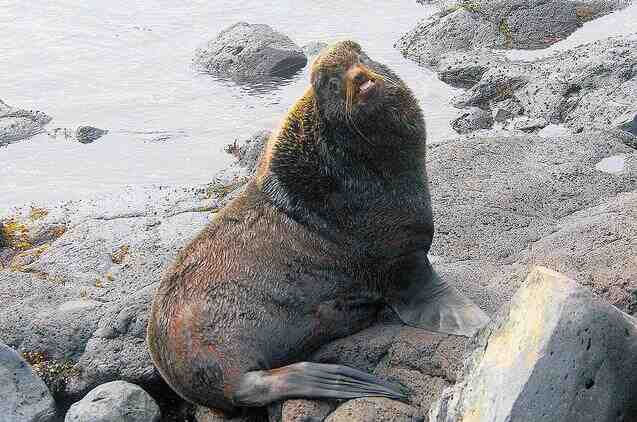
Callorhinus ursinus
Callorhinus ursinus,Sea bears, Alaskan fur seals
The scientific name of the northern fur seal is Callorhinus ursinus, which h···
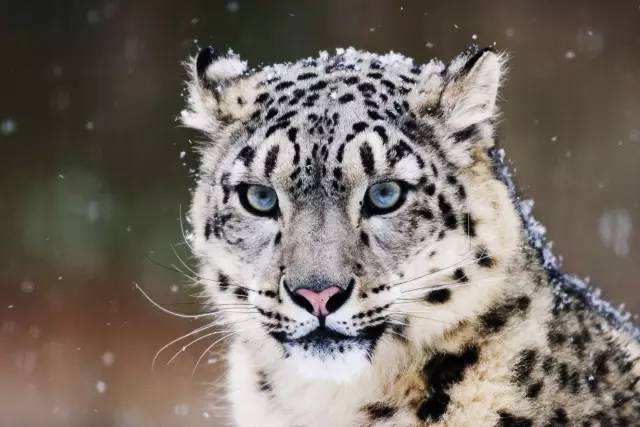
Panthera uncia
Panthera uncia,Snow Leopard、Ounce,Felis irbis、Uncia uncia、Felis uncioides、Felis uncia,Artemisia argyi, lotus leaf leopard, Sa (Tibetan)
Snow leopard is a large cat with three subspecies. It is named after the fac···
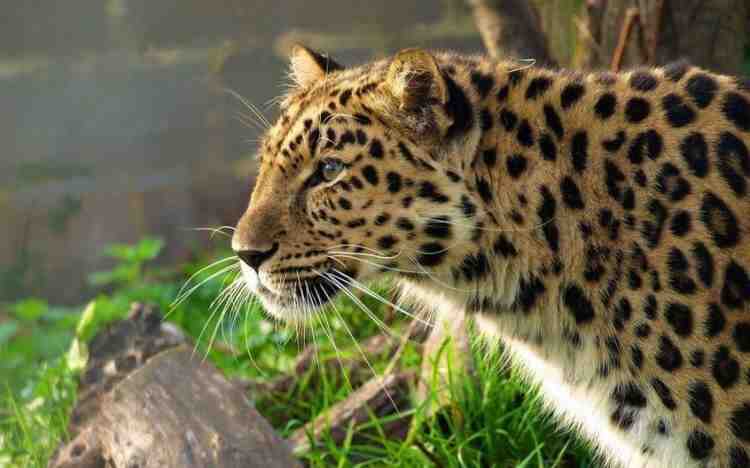
Panthera pardus
Panthera pardus,Leopard , Léopard, Panthère ,Leopardo, Pantera ,Al nimr,Leopard, Panthera pardus,Felis pardus Linnaeus
The English name of leopard is Leopard. It is a large carnivorous animal wit···
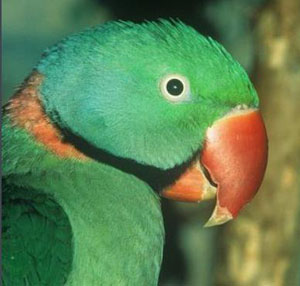
Palaeornis eupatria
Palaeornis eupatria,Alexandrine Parakeet,Psittacula eupatria (Linnaeus, 1766),Psittacus Eupatria Linneaus, 1766,Alexan Parrot
Alexandrine parrots look a bit like ring-necked parrots, but are much larger···
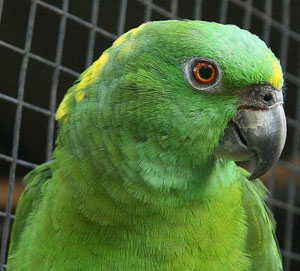
Amazona auropalliata
Amazona auropalliata,Amazona auropalliata,Yellow-necked Amazon Parrot, Yellow-necked Amazon Parrot
The yellow-necked Amazon parrot is a typical climbing bird, with two toes fa···
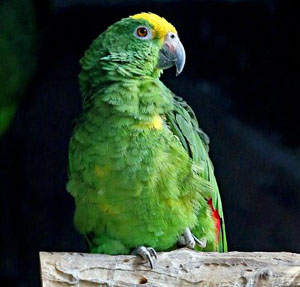
Amazona ochrocephala
Amazona ochrocephala,Yellow-crowned Amazon,Single hat, small yellow hat, yellow crowned parrot
Parrots come in many different types, with different shapes and colorful fea···
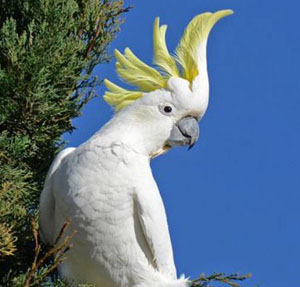
Sulphur-crested Cockatoo
Small Budan, Large Sunflower Cockatoo, Large Sunflower Cockatoo, Sunflower Budan
Like many cockatoos, the Sulphur-crested Cockatoo requires a lot of time as ···
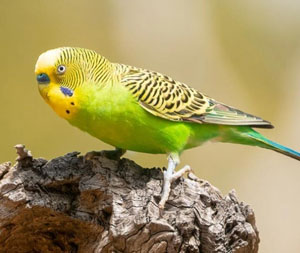
Melopsittacus undulatus
Melopsittacus undulatus,Budgerigar、Budgie,Jiao Feng, Cai Feng, Asu Er, Parrot
Budgies are the most common pet birds in the world. They come in many variet···
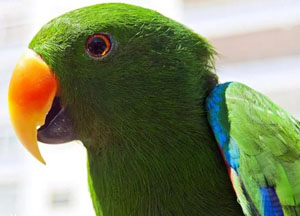
Eclectus roratus
Eclectus roratus,Eclectus Parrot,Red-flanked Green Parrot
The name of the Eclectic Parrot "Eclectic" comes from the word &qu···
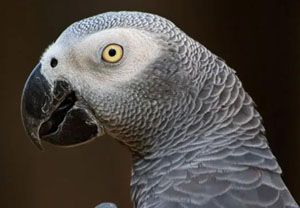
Psittacus erithacus
Psittacus erithacus,Grey Parrot,Grey Parrot, Grey Parrot
African Gray ParrotIt is a large parrot, a typical climbing bird, with a pai···
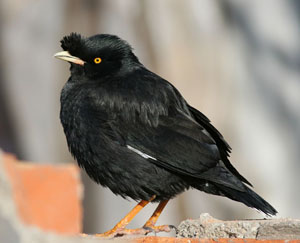
Acridotheres cristatellus
Acridotheres cristatellus,Crested Myna,Black starling, thrush, cold starling, crested starling, liaogezi
Starlings are common in southern my country. They are not only important agr···
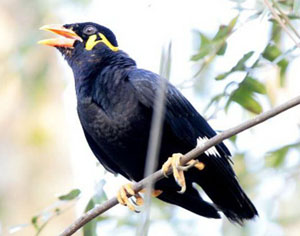
Gracula religiosa
Gracula religiosa,Common Hill Myna,, Qinjile, Jiugong bird, Hainan myna, Hainan starling, Indian grek
The characteristic of the myna is the orange-yellow wattles and hems on the ···
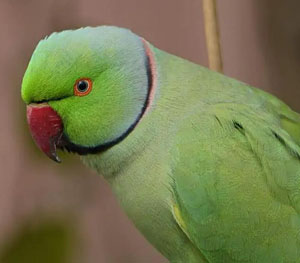
Psittacula krameri
Psittacula krameri,Rose-ringed Parakeet,Rose-ringed parakeet, Ring-necked parakeet, Moon-ringed parakeet
Red-collared green parrots are resident birds, often moving in groups, somet···
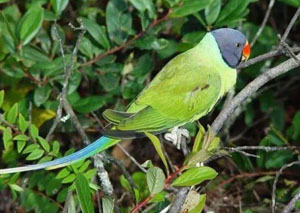
Psittacula himalayana
Psittacula himalayana,Slaty-headed Parakeet
The appearance of the Green-headed Parrot is very similar to that of the Gre···
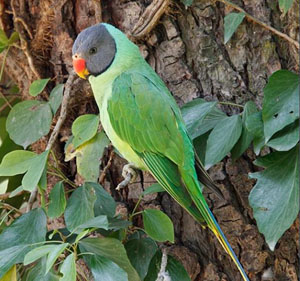
Psittacula himalayana
Psittacula himalayana,Slaty-headed Parakeet,Gray-headed parrot, Sand monk bird, Gray-headed conure, Dark-headed parrot
Gray-headed parrots are typical climbing birds with opposable feet, two toes···
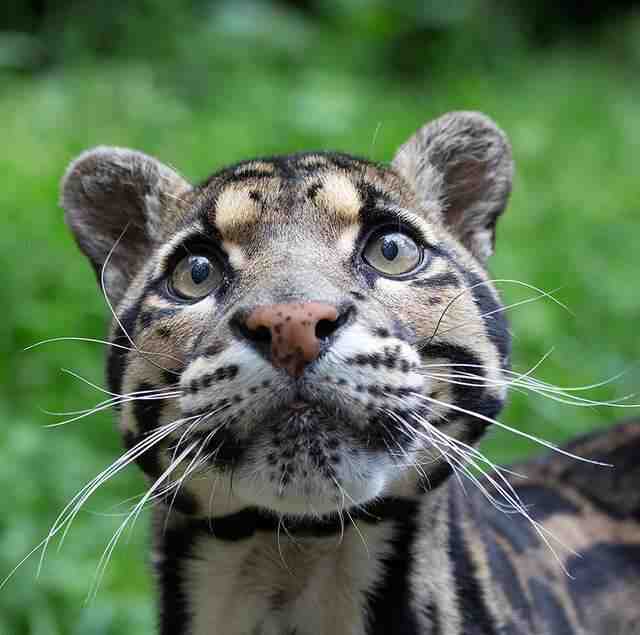
Neofelis nebulosa
Neofelis nebulosa,Clouded Leopard , Panthère longibande, Panthère nébuleuse, Pantera Longibanda, Pantera Nebulosa, Pantera del Himalaya , Kla PorPok , Seua lai mek,Clouded leopard, tortoise-patterned
The clouded leopard is called Clouded Leopard in English, and there are 3 su···
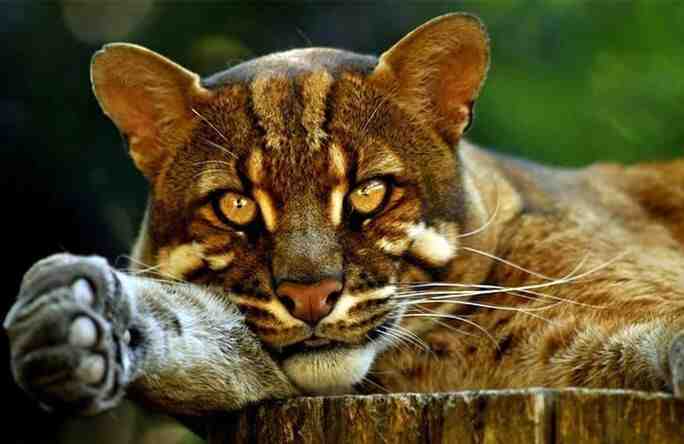
Pardofelis temminckii
Pardofelis temminckii,Asiatic Golden Cat, Golden Cat, Temminck's Cat ,Chat de Temminck, Chat doré d'Asie, Gato Dorado Asiático ,Asiatische Goldkatze,Asian golden cat, original cat, red leopa
The Asiatic Golden Cat is a medium-sized cat with three subspecies.Except fo···
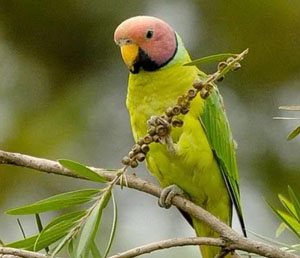
Psittacula roseata
Psittacula roseata,Blossom-headed Parakeet,Rose-headed cockatoo, Purple-headed cockatoo
The flower-headed parrot is a medium-sized bird, a typical climbing bird, wi···
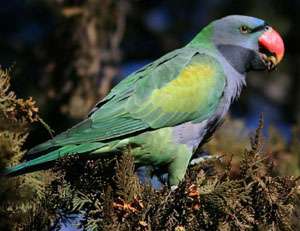
Derby's Parakeet
Derby's Parakeet,Parrot, Oriole
The Great Purple-breasted Parrot is a medium-sized bird. In the wild, it usu···
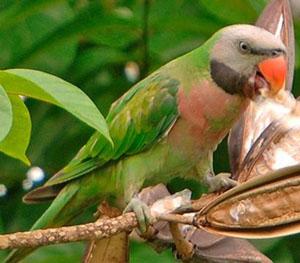
Psittacula alexandri
Psittacula alexandri,Red-breasted Parakeet,Sichuan parrot, big parrot, big purple-breasted parrot
The rose-breasted parrot is a medium-sized bird, a typical climbing bird, wi···
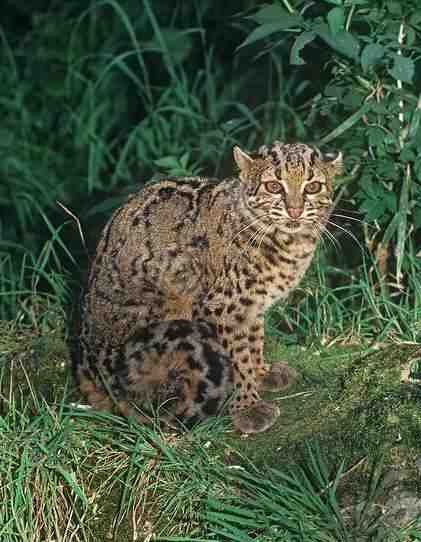
Pardofelis marmorata charltoni
Pardofelis marmorata charltoni,Nepalese Marbled Cat, stone cat, spotted cat, grass leopard, clouded leopard, Nepalese cat
The Nepalese Marbled Cat is a subspecies of the marble cat. It is slightly l···
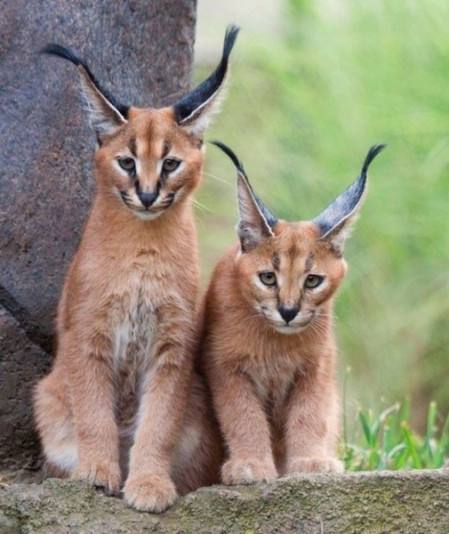
Lynx lynx
Lynx lynx,Eurasian Lynx,Eurasian lynx, forest lynx, lynx mandarin cat, horse lynx, mountain cat, wild cat
The lynx is called Eurasian Lynx in English. It is similar in size to a cat ···
